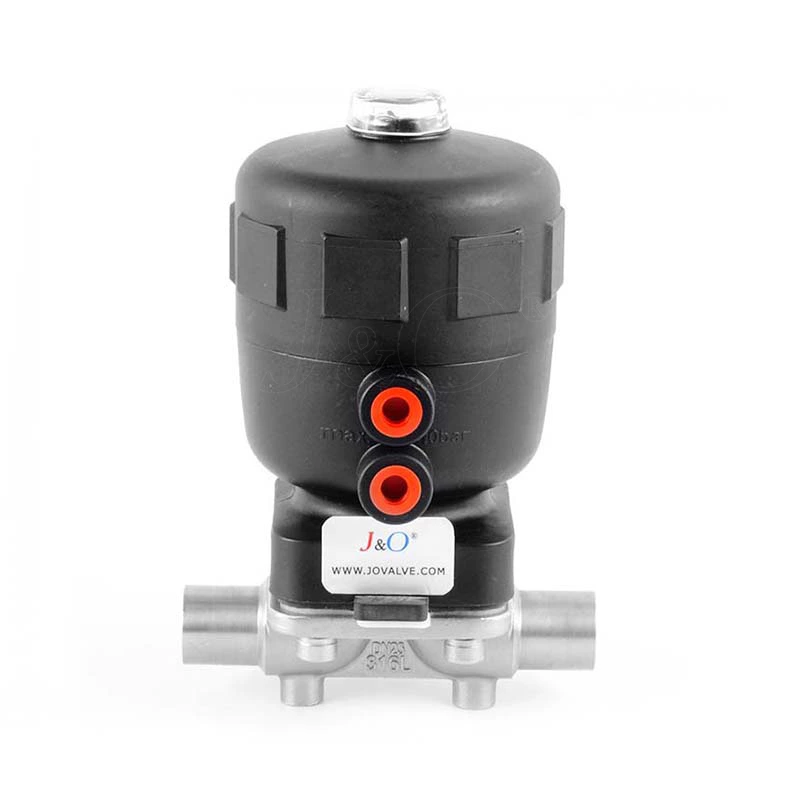Diaphragm Valve Installation Precautions
Sanitary Diaphragm Valve Installation precautions
1. Applicable safety regulations must be followed.
2. Before installing the valve, ensure that the pipeline is free of impurities, otherwise the valve will be damaged.
3. When connecting the valve, pay attention to aligning the pipeline.
4. For all valves, the actuator must be disassembled before welding on the valve body.
5. When replacing the diaphragm, the diaphragm must be kept in the open position connection with the sealing surface, and then the diaphragm and the sealing surface must be separated.
For air-open function valves:
1. Ventilate the actuator to lift the diaphragm and separate it from the sealing surface.
2. Cross-remove the four screws on the valve body to separate the actuator from the valve seat, cut off the air source, and replace the diaphragm.
3. Ventilate the actuator to retract the diaphragm.
4. Align the sealing surfaces of the diaphragm and the valve seat, cross-install the fixing screws, and ventilate several times.
5. After closing the diaphragm valve for leak testing, it can be used normally.
For air-closed function valves:
1. Cut off the air supply to the actuator, lift the diaphragm and detach it from the sealing surface.
2. Cross-remove the four screws on the valve body to separate the actuator from the valve seat, ventilate, and replace the diaphragm.
3. Align the sealing surfaces of the diaphragm and the valve seat with the diaphragm retracted, and cross-install the fixing screws.
4. Repeat the ventilation several times, close the diaphragm valve for leak test, and it can be used normally.
For double-acting function valves:
1. Cut off the air supply, lift the diaphragm and detach it from the sealing surface.
2. Cross-remove the four screws on the valve body, separate the actuator from the valve seat, cut off the air supply of the lower cylinder, inflate the upper cylinder, and replace the diaphragm.
3. Inflate the lower cylinder to retract the diaphragm.
4. Align the sealing surfaces of the diaphragm and the valve seat, cross-install the fixing screws, and repeat the ventilation several times.
5. Close the diaphragm valve for leak test, and it can be used normally.
